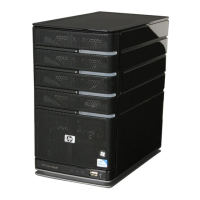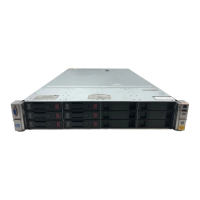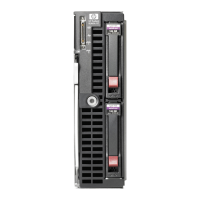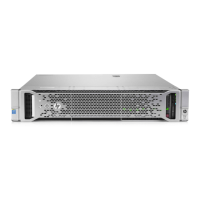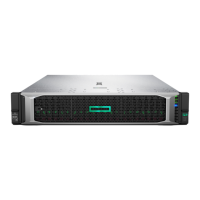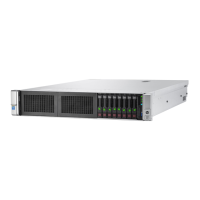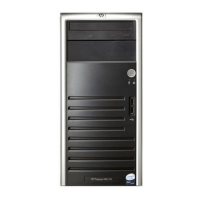39NAS 1000s Administration Guide
3
Persistent Storage Manager
Persistent Storage Manager lets the administrator make replicas, called snapshots, of disks in a
matter of seconds. Snapshots enable the creation of multipurpose virtual replicas of production
data without having to physically copy the data. They can be used to immediately recover a
lost file or directory, to test a new application with realistic data without affecting the "real"
data, and to serve as a source of data for backups. Snapshots record data changes on volumes
and are thus not a replacement for off-line backups.
This chapter covers the following items:
■ Operational Overview
■ Data Recovery
■ Snapshot (Persistent Image) Considerations
■ Accessing Persistent Storage Manager
Operational Overview
Each snapshot is a complete point-in-time representation of the data on the volumes. Each
snapshot requires only a fraction of the hard-drive capacity of the original data. PSM does not
keep all the data that was ever written. PSM maintains only the data required to maintain a
snapshot.
PSM works below the operating system as a Filter Driver at the Volume block level. PSM
maintains a library of snapshots, each representing a specific point-in-time. Snapshots can be
accessed by users, administrators, or any Windows application, and look just like the familiar
file/folder view.
With the first snapshot taken on a target volume, PSM establishes a cache file for that volume
within which PSM retains overwritten data required to build a snapshot. The cache file size is
based on a percentage of the volume it resides on and is configured through the WebUI; the
default is 10 percent. As soon as the first snapshot is taken, PSM starts monitoring all writes on
the target volume. When a write request occurs, PSM intercepts and pauses the write, reads the
data that is to be overwritten, and saves the data in a Diff Directory within the PSM-specific
cache file. After the original data is written to the Diff Directory, the new data is written on the
active volume. This process is referred to as "copy-on-write." Only the first write forces a
copy-out, subsequent writes to the same data block does not force a new copy-out, unless of
course a new snapshot is taken between the initial and subsequent write.
PSM can create and manage up to 250 snapshots system wide. A snapshot can cover several
volumes at once with an upper limit of 63 volumes within a single snapshot. However, when
reverting from a "grouped" snapshot, the revert is non-selective and it reverts all volumes
associated with the "grouped" snapshot.
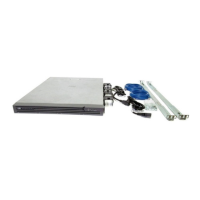
